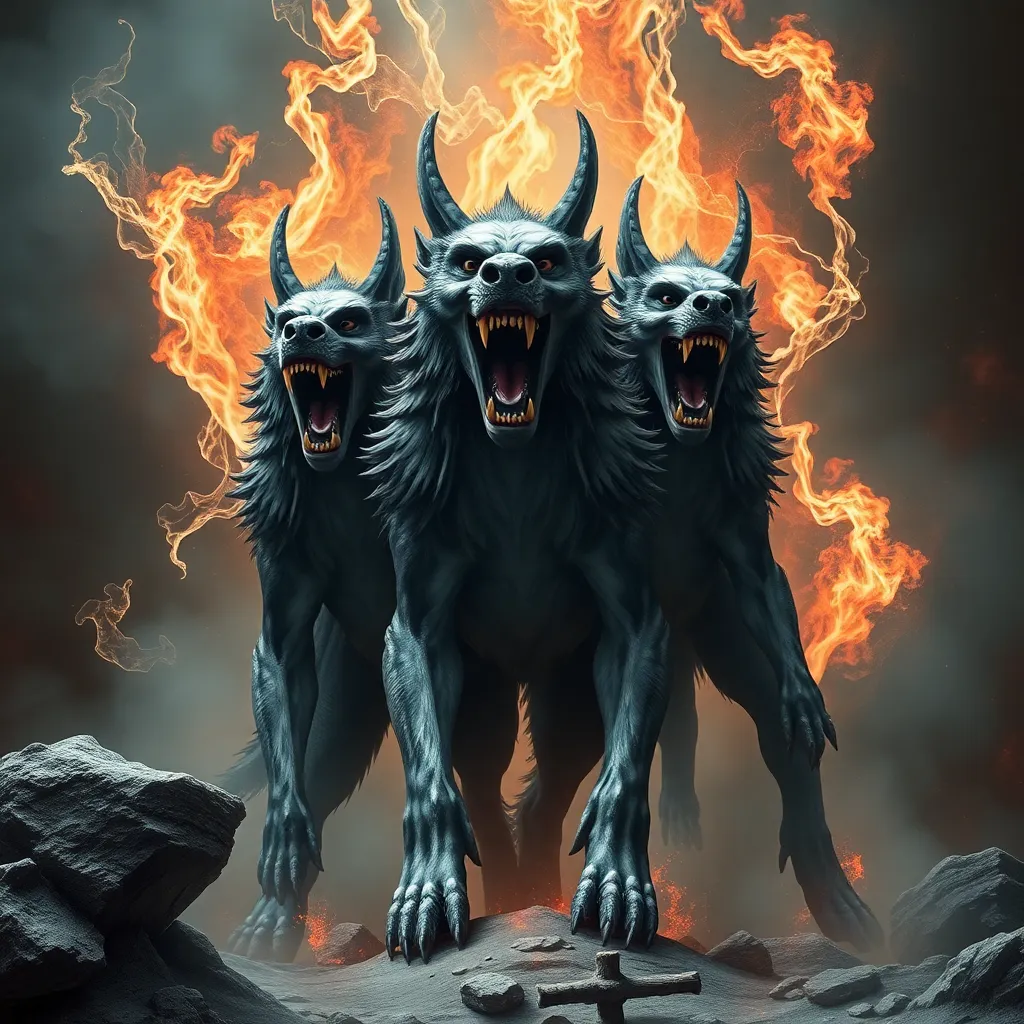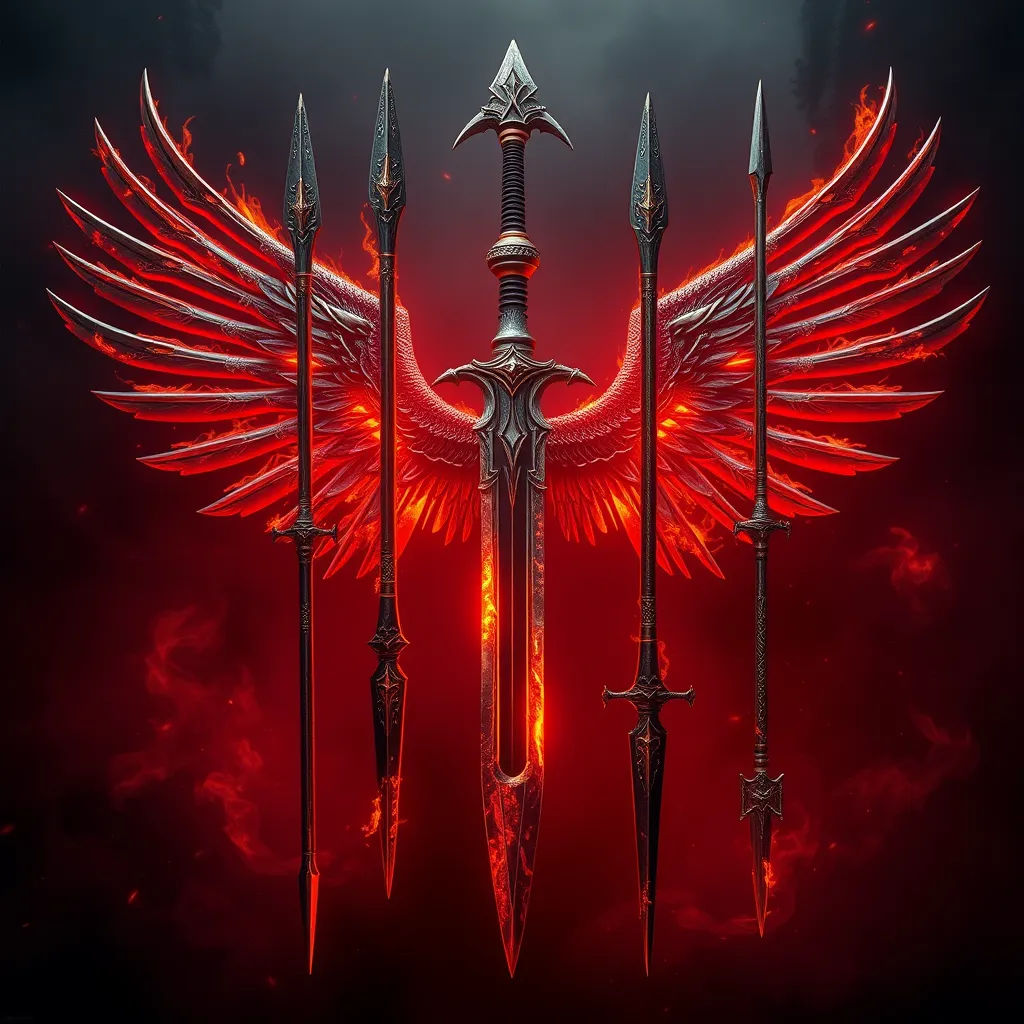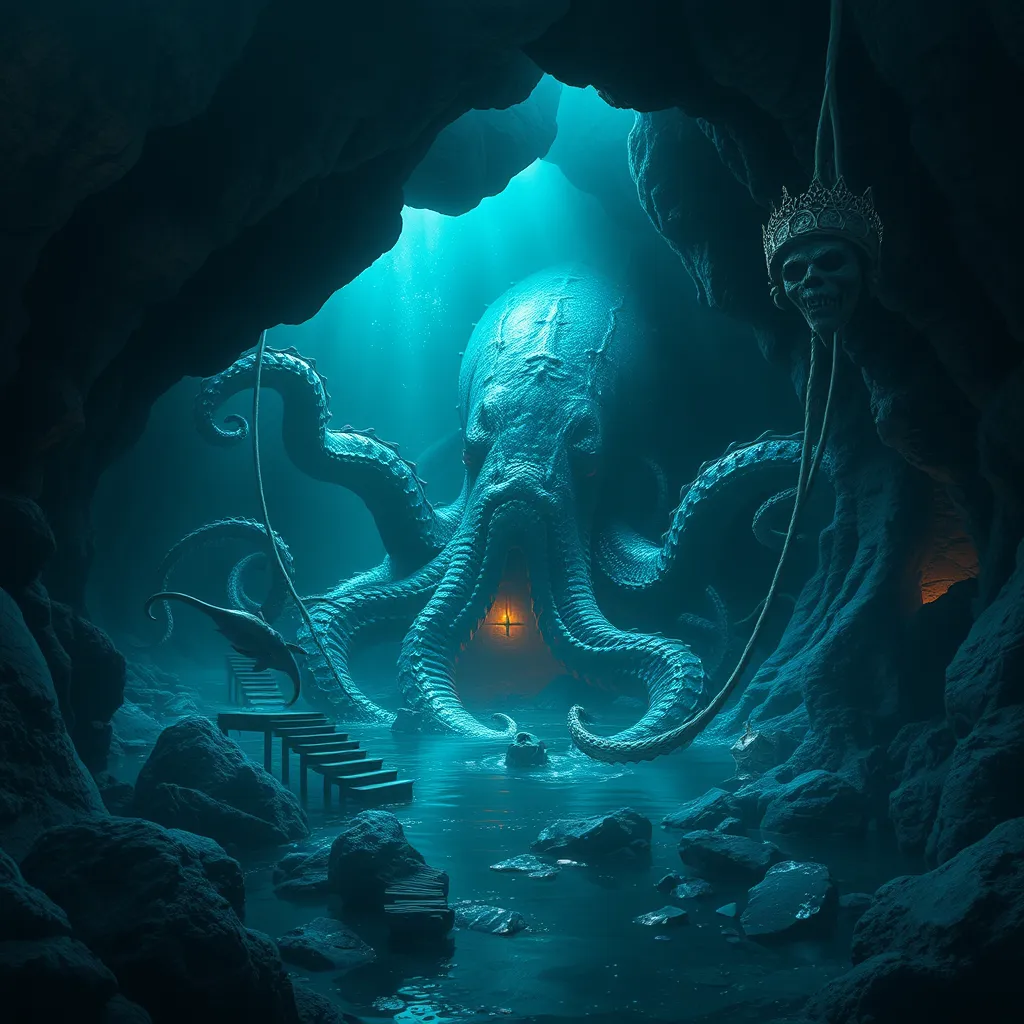The Power of Cerberus: Analyzing the Myth’s Depiction of Strength and Fear
I. Introduction
Cerberus, the three-headed dog of Greek mythology, is one of the most iconic figures associated with the Underworld. As the guardian of Hades, Cerberus embodies both strength and fear, serving as a protector of the dead and a formidable opponent to any who might seek to escape the realm of the deceased.
Strength and fear are recurring themes in mythological narratives, often intertwined to illustrate the complexities of power and the human condition. The purpose of this article is to explore the duality of Cerberus as a symbol of these themes, examining how this mythical creature reflects broader human experiences of strength, fear, and the struggle against one’s inner demons.
II. The Origins of Cerberus
The origins of Cerberus can be traced back to ancient Greek mythology, where he is often depicted as the offspring of Echidna and Typhon, two monstrous figures themselves. This lineage establishes Cerberus as a creature of formidable strength and fearsome appearance, setting the stage for his role as the guardian of the Underworld.
Cerberus’s primary function is to prevent the souls of the dead from escaping and to ensure that the living do not enter the Underworld without permission. His presence symbolizes the finality of death and the inevitability of the afterlife. Historical interpretations of Cerberus in ancient texts such as Hesiod’s “Theogony” and Virgil’s “Aeneid” highlight his fierce nature and the respect he commands from both mortals and deities alike.
III. Symbolism of Strength in Cerberus
Cerberus’s physical attributes—three heads, a serpent-like tail, and a mane of snakes—are significant symbols of his overwhelming strength. Each head represents a different aspect of vigilance, ensuring that nothing escapes the Underworld’s grasp.
- Power and Invincibility: Cerberus is often portrayed as an invincible force, able to take on any challenge that arises. His sheer size and ferocity deter even the bravest heroes, making him a potent symbol of strength.
- Overcoming Challenges: In various myths, heroes like Heracles must confront Cerberus as part of their trials. This confrontation signifies not just physical strength but also the need to confront one’s fears and limitations.
IV. The Role of Fear in Cerberus’s Mythos
Cerberus is also a figure of terror within the Underworld, instilling fear in those who dare to approach. This fear serves multiple purposes in mythology:
- Psychological Impact: The fear of Cerberus reflects the broader human fear of death and the unknown. His presence is a constant reminder of mortality and the inevitability of facing one’s fate.
- Maintaining Order: Fear is utilized as a tool for maintaining order within the Underworld. By instilling terror in the souls of the dead and the living, Cerberus ensures that the boundaries between life and death remain intact.
V. Cerberus in Literature and Art
Cerberus’s influence extends beyond myth into classical literature and art. In works by authors such as Homer and Virgil, Cerberus is depicted not only as a guardian but also as a symbol of the trials that heroes must face.
- Classical Literature: In “The Aeneid,” Virgil describes the harrowing encounter with Cerberus, emphasizing his fearsome nature and the respect he commands.
- Visual Representations: Artists throughout history have captured Cerberus’s terrifying appearance in paintings, sculptures, and pottery, often highlighting his monstrous features to evoke awe and fear.
- Contemporary Adaptations: Today, Cerberus appears in various forms of popular culture, from films to video games, often reinterpreted as a multifaceted character that embodies both strength and fear.
VI. Cerberus as a Metaphor for Human Struggles
Cerberus can also be viewed as a metaphor for the internal struggles that individuals face in their lives. The balance of strength and fear is a fundamental aspect of personal challenges:
- Strength and Fear: Just as Cerberus represents the duality of strength and fear, individuals often find themselves grappling with their own fears while trying to harness their inner strength.
- Inner Demons: Cerberus serves as a reflection of the inner demons that everyone must confront, symbolizing the obstacles that can seem insurmountable but can ultimately lead to growth and transformation.
- Lessons Learned: By confronting one’s own Cerberus, individuals can learn valuable lessons about resilience, bravery, and the importance of facing fears head-on.
VII. Comparative Analysis with Other Mythological Beings
When examining Cerberus, it is useful to compare him with other mythological creatures that embody similar themes:
- Chimera: Like Cerberus, the Chimera represents a fusion of different animals, symbolizing chaos and power. However, while Cerberus serves as a guardian, the Chimera is often depicted as a threat to be vanquished.
- Fenrir: In Norse mythology, Fenrir, the monstrous wolf, shares similarities with Cerberus as a guardian of death and destruction. Both creatures evoke fear and represent the struggle between order and chaos.
- Broader Implications: These comparisons highlight the universal themes of strength and fear across cultures, emphasizing the significance of guardian figures in mythology.
VIII. Conclusion
Cerberus holds a significant place in both myth and culture, symbolizing the enduring themes of strength and fear. His role as the guardian of the Underworld emphasizes the balance between these two forces, reflecting the complexities of the human experience.
The lessons drawn from Cerberus’s myth are timeless, reminding us of the importance of confronting our fears and harnessing our inner strength. In a world where challenges and uncertainties abound, the story of Cerberus continues to resonate, offering insight into the dual nature of power and the necessity of facing the fears that lie within us.



